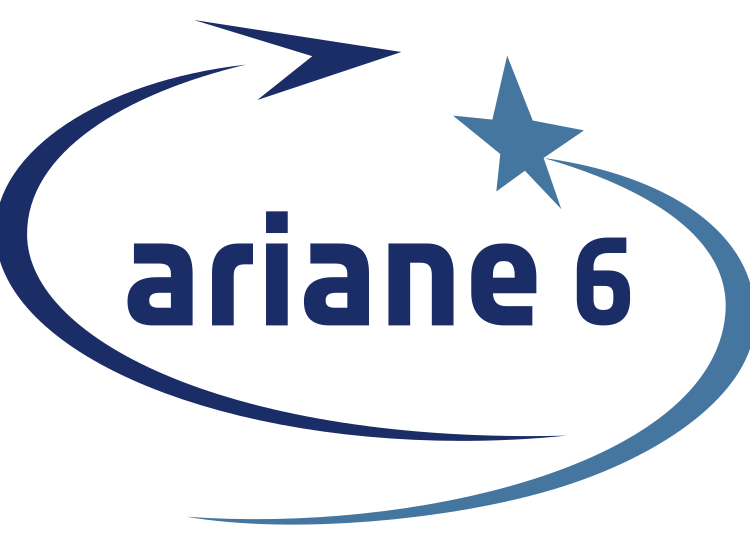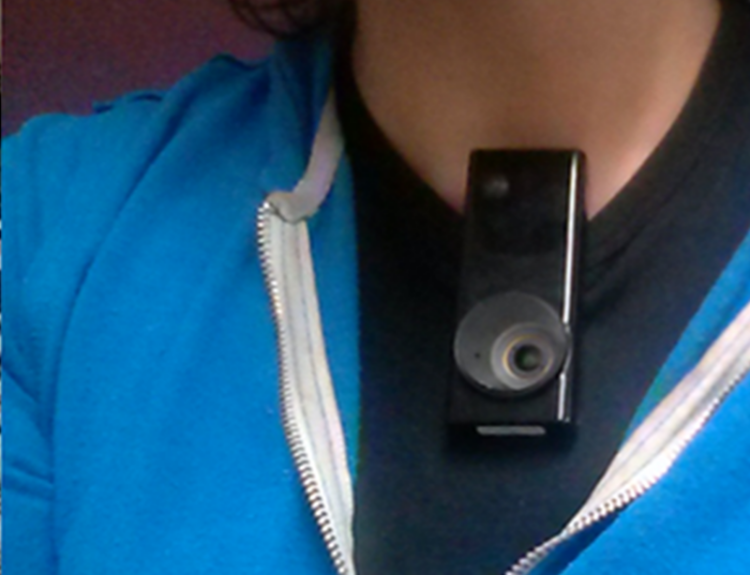A crucial test landing without astronauts sets the stage for future missions.
- Boeing Starliner will land without astronauts on September 7 after undocking from the ISS.
- NASA switched astronauts to SpaceX Crew Dragon due to unresolved propulsion issues.
- Starliner parachute system underwent design changes after issues were discovered in 2023.
- NASA’s Jim McMichael oversees parachute integration and testing for the Starliner program.
- The parachute system is a scaled version of the Orion system, with some differences.
- Recent upgrades were made to the parachute’s soft links to enhance safety.
- Starliner-1, the first operational crewed mission, is expected in 2025.
- Parachute inspections will be conducted post-landing to ensure performance.
Boeing’s Starliner spacecraft is set to make a significant landing test on September 7, 2023, without any astronauts on board. This event follows its undocking from the International Space Station (ISS) on the evening of September 6. Initially, NASA astronauts Butch Wilmore and Suni Williams were slated to return on Starliner, but due to unresolved propulsion issues, they have been reassigned to SpaceX’s Crew Dragon for a landing scheduled in February 2025. nnThe Starliner has undergone several design modifications, particularly concerning its parachute system, after issues were identified in 2023. Jim McMichael, a senior technical integration manager at NASA, has been closely involved with the parachute development, drawing on his extensive experience with similar systems. nnThe parachute system for Starliner is a scaled-down version of the Orion system, designed to accommodate the lighter weight of the Starliner capsule. While the architecture shares similarities, there are key differences in how the parachutes are deployed. nnLast summer, a critical issue was discovered with the soft links that connect the parachute suspension lines. Although these links were deemed safe, enhancements were made to ensure a higher safety margin, especially since they are vital for load-bearing during descent. nnAs preparations continue for Starliner-1, the first operational crewed mission expected in 2025, the team is focused on ensuring the parachutes meet all safety standards. They will conduct thorough inspections of the parachutes after the upcoming test landing to assess their performance and integrity. nnIn summary, while the Starliner prepares for its upcoming test, the team remains vigilant, knowing that the parachutes are crucial for a safe return to Earth.·
Factuality Level: 7
Factuality Justification: The article provides detailed information about the Boeing Starliner and its parachute system, including technical insights from a NASA official. However, it contains some tangential details and background information that may detract from the main focus. While the information appears to be accurate, the inclusion of personal anecdotes and less relevant technical discussions could mislead readers about the primary topic.·
Noise Level: 7
Noise Justification: The article provides detailed technical information about the Boeing Starliner parachute system and its development, which is relevant and informative. It includes insights from a NASA technical manager, demonstrating a level of accountability and transparency. However, while it contains some thoughtful analysis, it primarily focuses on technical details without exploring broader implications or long-term trends, which limits its overall depth.·
Public Companies: Boeing (BA), Lockheed Martin (LMT), SpaceX (N/A), United Launch Alliance (N/A)
Key People: Jim McMichael (Senior Technical Integration Manager at NASA), Butch Wilmore (NASA Astronaut), Suni Williams (NASA Astronaut)
Financial Relevance: Yes
Financial Markets Impacted: Boeing’s stock may be affected due to the delays and issues with the Starliner program, which could impact investor confidence and future contracts.
Financial Rating Justification: The article discusses the Boeing Starliner program, which is directly related to Boeing’s financial performance and market position in the aerospace sector. The delays and technical issues mentioned could influence Boeing’s stock and overall financial health.·
Presence Of Extreme Event: No
Nature Of Extreme Event: No
Impact Rating Of The Extreme Event: No
Extreme Rating Justification: The article discusses the Boeing Starliner spacecraft and its parachute system, but it does not mention any extreme events that occurred in the last 48 hours.·
Move Size: No market move size mentioned.
Sector: All
Direction: Neutral
Magnitude: Medium
Affected Instruments: No
 www.space.com
www.space.com  www.marketwatch.com
www.marketwatch.com 





